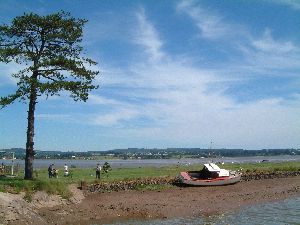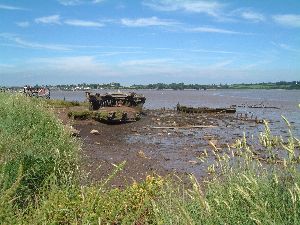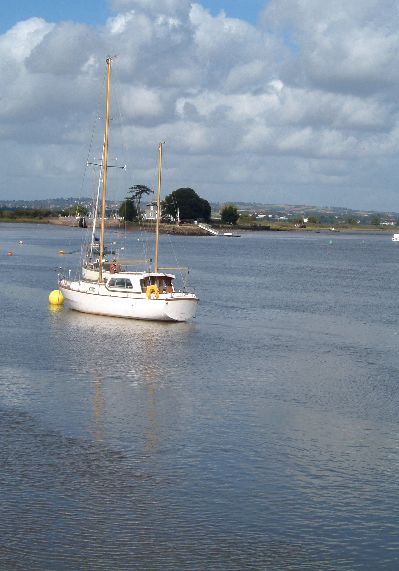- UK Information
- Exeter Information
- Exe Estuary
We are pretty much on the boundaries of Exeter now, and these few photographs were taken around the Powderham area, just a short walk from the Turf Locks Hotel, and is a favourite place to get away from City life. The estuary of the River Exe and surrounding area is one of the most important for birds in SW England, and is a bird-watchers paradise. From the edges of Exeter itself, south to the sea at Dawlish Warren. There is10km of estuary, in places more than 1.5km wide, with extensive tidal mudflats, sand and wet grazing marshes forming the main habitats. At certain times of the year it is common to find thousands of brent geese inshore. Drifting among these massive flocks are many more thousands of smaller wildfowl and wading birds.
There is also a certain bird that some people are prepared to travel 100's of miles just to catch a glimpse of, this is the avocet with it's attractive plumage. The area provides the largest winter flock of Advocets in the whole of England. The RSPB run ferry trips around the area, the symbol of the RSPB is the Advocet. In early winter, the first flock settles on the estuary mud. As spring progresses the birds that reside around the estuary begin to appear with their young. The big grey herons certainly noticeable, as they gather in a nesting colony, one of the largest heronries in this part of England is situated in the grounds of Powderham Castle.

As well as the wonderful bird wildlife, much also exists in the mudflats - weird worms, shellfish, and an array of interesting and unusual plant life.

I am not a birdwatcher myself, so forgive me for describing but not showing this aspect of the Estuary, there are however plenty of resources on the internet which delve into this subject in a much deeper way that I ever could.

